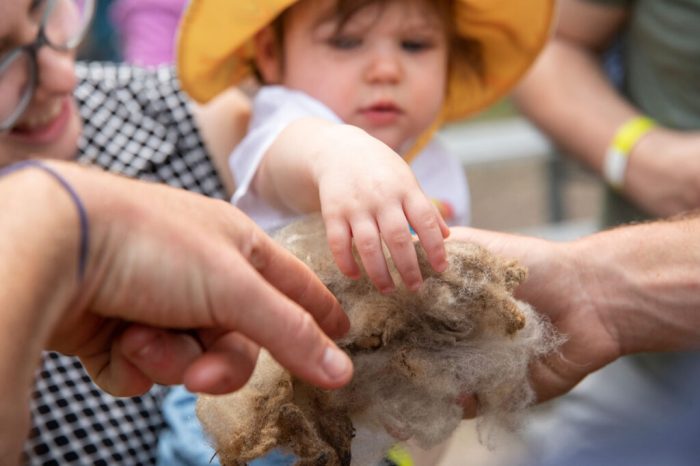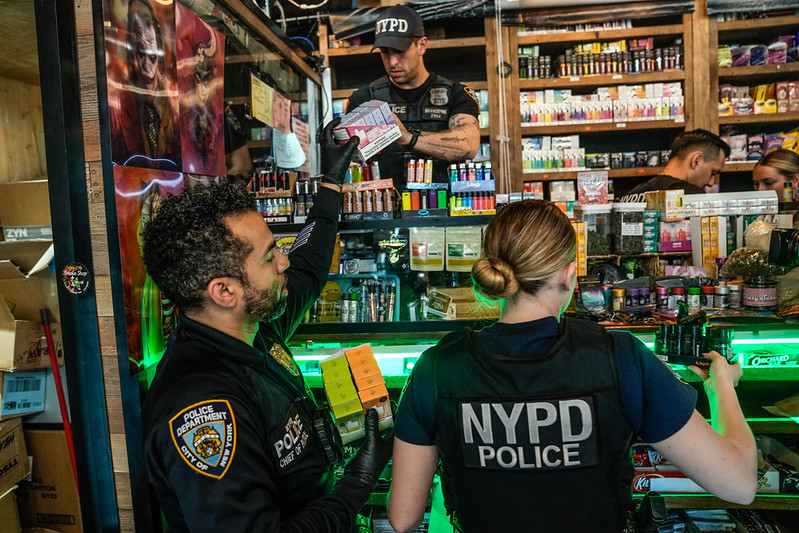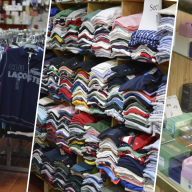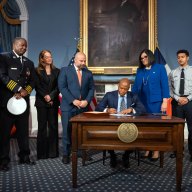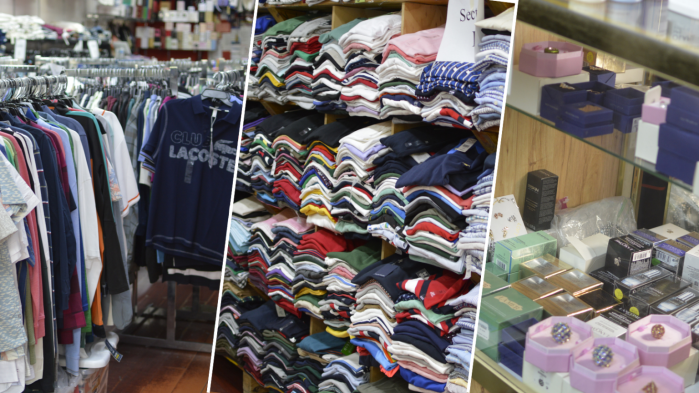By Joan Brown Wettingfeld
The Colden family has had a long and illustrious association with Queens County from the early 18th century when Cadwallader Colden first came to New York from Philadelphia in 1718. A scholar and scientist, he served as lieutenant governor of the colony of New York beginning in 1761 and continued in that capacity for a period of 14 years. (His tenure was interrupted only briefly.) Among his interests was botany and he studied the new Linnaean system, which had been introduced recently and used it to classify our local flora in 1749.
His studies in medicine, which included yellow fever and cancer, were considered notable for his time, as were his papers on gravitation, mathematics, astronomy, and philosophy.
A relative, Cadwallader D. Colden, served as mayor of New York City from 1818 to 1821. His descendent, Charles Senff Colden, who was born in Whitestone in 1885 and was appointed district attorney by Franklin D. Roosevelt in 1932, and justice of the State Supreme Court in 1943, is remembered today for his help in endowing Queens College and is memorialized by the naming of the Colden Center for the Performing Arts in his honor.
In this article, however, we propose to pay tribute to a woman of the Colden family, Jane Colden, daughter of Cadwallader Colden, the scholar who served as the New York colony's lieutenant governor for many years in the mid-18th century.
Though the Colden family name is well-known in the annals of Queens history, Jane is often overlooked in their story.
Born in 1724, she can claim to be the first woman in the New World to have distinguished herself as a botanist. She came by her interest quite naturally. Her father, as we stated, was a well-known doctor, scientist and statesman; a noted colonial scholar and one of the most learned men in the colonies. He was also a devoted father who said he labored long hours so his children “could have the leisure to pursue scholarly studies.” Since all of the Colden children (Jane was the fifth child of ten) were taught at home as was the standard at that time, Jane was exposed to her father's intellectual pursuits, among which was an avid interest in botany, a field to which he made significant contributions.
As a child Jane showed an early interest and talent in the field of botany and later shared her father's admiration and enthusiasm for the work of the great Swedish botanist, Linnaeus, whose institution of a new classification system for the genus of plant life was engaging the interest of scholars throughout the Western world.
The study of botany began centuries before with the work of such Greek scholars as Theophrastus, a pupil of Aristotle, as early as the 4th century B.C. With the introduction of the microscope applied to this science in the mid-17th century interest grew and by the early 18th century the genius of Linnaeus effected great changes, which led to the advancement of that science in rapid strides. Linnaeus had the ability to inspire his students and he corresponded with scientists and scholars all over the world.
In the mid-1770s, Cadwallader Colden retired as the last governor-general of the colony of New York and Jane grew up on the family estate, “Coldenham,” located nine miles from Newburgh, N. Y. There is evidence that she collaborated with her father on a special study of the flora of Orange County. The famous Philadelphia botanist, John Bartram, came to visit and explored the mountains nearby, and made a survey of the flora of the Catskills. Another visitor was Peter Kalm, a celebrated traveler of the day and a favorite pupil of Linnaeus.
Jane's mastery of botany and of Linnaean classification was duly noted and recorded in contemporary letters. One famous visitor, Peter Collinson, corresponding with Linnaeus in 1756, speaking of this wrote, “She is perhaps the first lady that has so perfectly studied your system. She deserves to be celebrated.” Another famous scientist, Dr. Alexander Garden, also praised her knowledge and ability, and commented in a letter, “not only the doctor (Colden) himself, but his lovely daughter is greatly master of the Linnaean method, and cultivates it with assiduity.” In 1758, others suggested that a plant genus be named for Jane but by the time the idea reached Linnaeus, that particular group of plants had already been named.
Under her father's tutelage Jane learned to make impressions of plant leaves and parts in printer's ink and later was able to make drawings to illustrate her descriptions of 400 plants using the Linnaean system. She published as well a Latin Botanic dissertation in a volume called, “Edinburgh Essays.”
Though records of her life are fragmentary, we do know that in 1759 she married Dr. William Farquhar, a Scot and a widower, older than she. They had one child who died in 1766 the year that Jane also died. Her husband survived her by many years and continued to practice medicine in New York City. Her father, Cadwallader Colden, died 10 years later at his Long Island estate.
A member of a distinguished family, Jane Colden deserves to be remembered in her own right as the author of an illustrated work on the flora of New York and for her mastery of the Linnaean system of botanical classification in the early days of its inception. Her scientific descriptions are said to rank with those of the leading botanists of the day, many of whom she corresponded with, including John Bartram, the most famous American in his field at the time. Jane Colden is an important link in the history of horticulture in this area.





